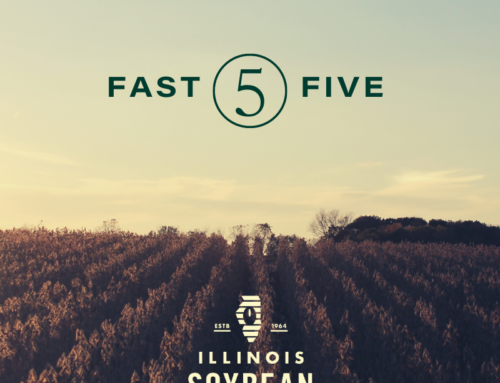Look around, and you will find the diversity of agriculture in even the most unlikely of places. A trip to Santa Rosa, California showed just that. While we have all heard the news of California’s wildfires, it is a disaster that is not a reality until you see it for yourself. Driving through the mountains of California showed just how devastating these fires can be. The dry grasses cattle graze cover these mountains, and with one spark, a fire can engulf it in its entirety. Despite the dry climate, agriculture remains a vital component of this economy.

The U.S.A. Poultry and Egg Export Council (USAPEEC) hosted its annual meeting in the heart of wine country, an opportunity to see the diversity of agriculture and the necessity for trade to ensure commodities reach different climates. The annual meeting brought together around 200 industry leaders including poultry and egg producers, trading companies, shipping lines, cold storage companies, freight forwarders, financial/banking, and commodity groups. The meeting also celebrated Illinois Soybean Association (ISA) At-Large Director Scott Gaffner for his recent appointment to the Executive Committee.
As the No. 1 customer of soybeans, Illinois farmers heavily rely on the success of the poultry industry and their exports. At the conference, we gained valuable insights into this industry and the current trends and challenges it faces. We connected with regional staff to see how ISA’s investments pay off with the projects we have around the world in Mexico, Korea, and India. Each region expressed how grateful they are for the ISA’s investments, which ensure customers are educated and supplied with high-quality U.S. poultry products. I also worked to build strong relationships with these regional staff so that we have a direct connection to those programs.
The meeting also facilitated important presentations where I was able to learn from industry experts about trade policy, marketing strategies, and international regulations the industry faces when exporting. Each of these conversations highlighted the value of investments and continued support across various regions as they work to improve market access, education on the quality of U.S. poultry, and battle strict regulations.
A theme of these presentations centered around the threat of High Pathogenic Avian Influenza (HPAI). The virus has affected 48 states and is the worst animal disease outbreak in U.S. history. As trade partners place restrictions on poultry exports from the U.S., USAPEEC fights to change trade policy that does not institute a total ban. One of the major challenges exporters are dealing with has been bans placed on poultry products from an entire state with the confirmation of an outbreak. Clearly devastating to the industry, the goal is to reduce these restrictions to a county-wide halt that would allow the flow of goods to continue. The biggest questions come from relations with Mexico and China, our major trade partners. These markets are vital to the poultry export industry, and all stakeholders are actively involved in conversations to rectify any issues.
Another question comes with the possibility of vaccination for HPAI. While the reality of an effective vaccine that producers would support is unlikely, it is still a topic of discussion. Implementing vaccination protocol is tedious and costly, and there are not enough benefits to outweigh the drawbacks, especially with trade at stake.
While the threat of disease persists, by the numbers, the U.S. can celebrate its success on the world stage. Brazil, our biggest competitor on many fronts, currently falls short compared to the U.S., which captures 17 percent of total world poultry production. Among that, 15.7 percent of broiler production, 8.8 percent of turkey production, and 2.5 percent of egg production is exported.
Despite the challenges the poultry industry faces, USAPEEC diligently protects the interests of U.S. poultry producers, exporters, and the intertwined commodity groups. Without poultry as a major consumer of soybean meal, the price of beans could drop significantly. That is why ISA works to build a strong relationship with this organization to continue growing demand for poultry and egg products.


